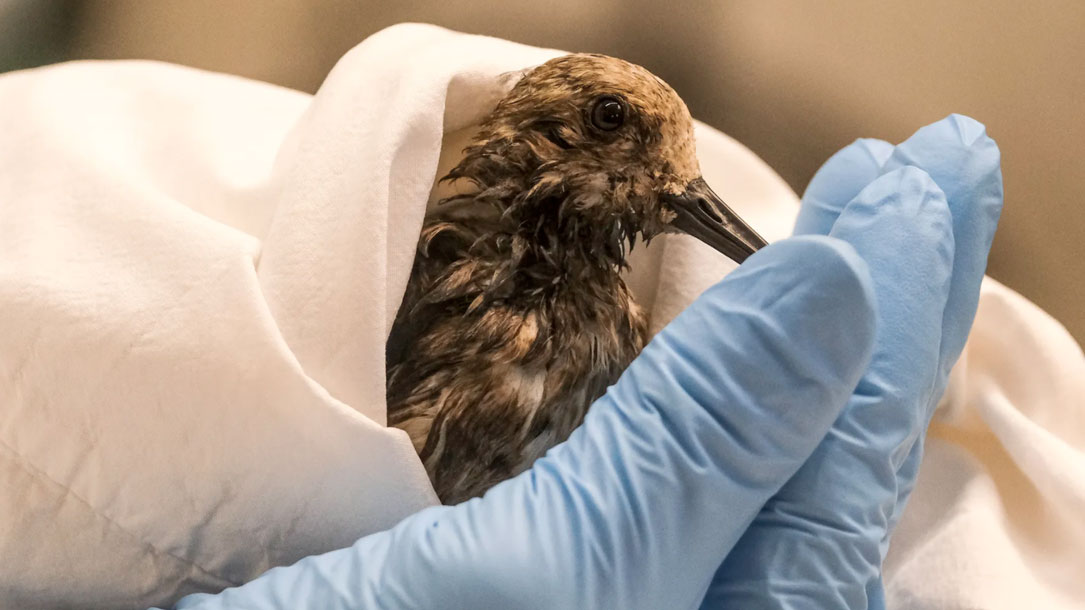
Why the Huntington Beach oil spill is so harmful to wildlife
On October 2, an oil pipeline off the coast of Southern California ruptured, spewing an estimated 144,000 gallons of crude into the Pacific Ocean. The leak created a toxic, 13-square-mile oil slick off the shore of Huntington Beach, which has since spread into coastal wetlands rich in biodiversity.
While the spill is far from the scale of infamous past disasters — the BP Deepwater Horizon spill in 2010 released roughly 930 times as many gallons into the ocean — experts say it will have sweeping impacts on Southern California’s coastal wildlife, potentially for years to come.
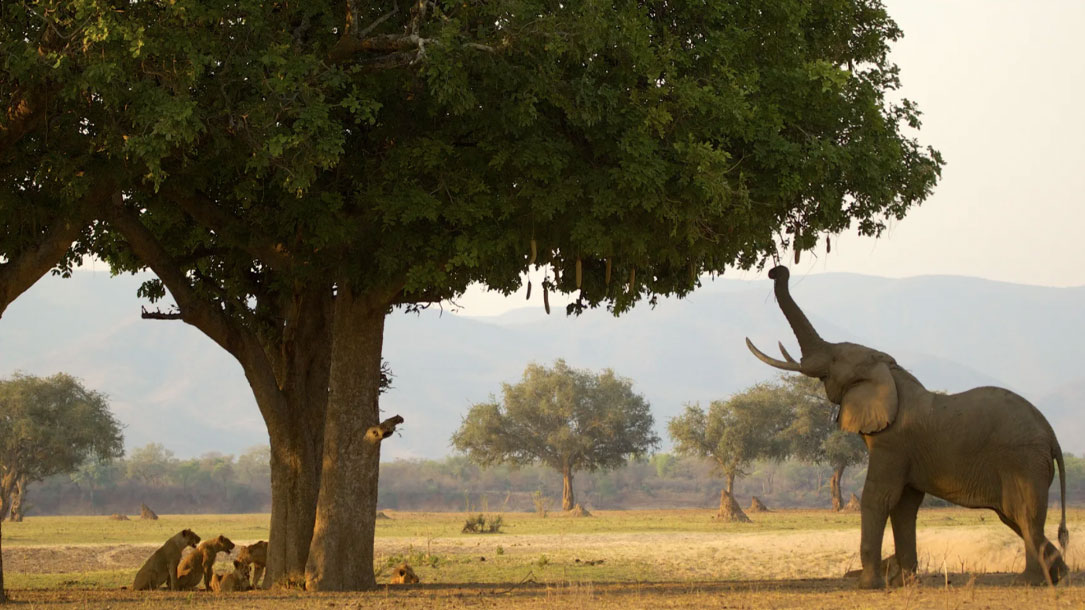
Earth is running low on wildlife. Plants will be next.
The seeds of this story were planted in a steaming pile of elephant dung somewhere in the African savanna. Elephants love to stuff their faces with fruit, and fruit trees like marulas need a way to spread their seeds, so the two species have developed an intimate and symbiotic relationship. A single African savanna elephant is capable of dumping seeds up to 65 kilometers (40 miles) from the site of its feast, making them the most impressive seed transporters in the animal kingdom.
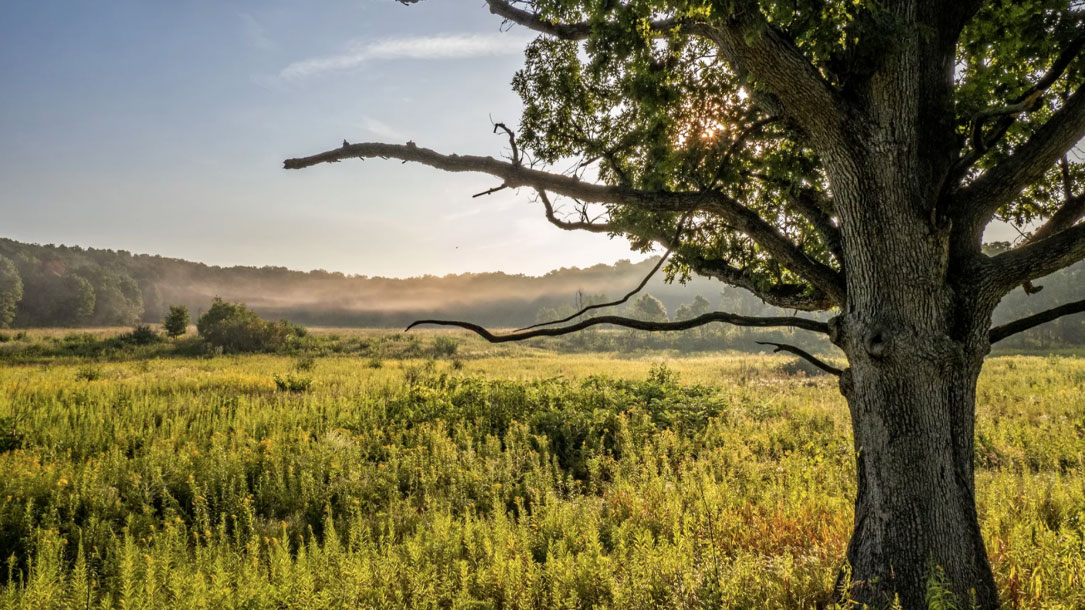
This map may make you feel better about the state of the planet
One problem with the onslaught of negative environmental news — extinctions, oil spills, and so on — is that people become numb to it, as Barney Long, senior director of conservation strategies at the nonprofit Re:wild, told Vox last fall.
“I’m a strong believer in flipping this on its head and really starting to talk about the positive stories,” said Long, who’s involved in IUCN’s new tools to measure recovery (but not the Restor map). We want to avoid extinction, he said, “but what do we want to achieve?”
Efforts to restore ecosystems don’t always work, of course, and it’s important to highlight failures and course corrections, Crowther said. His previous research into forest restoration helped inspire enormous tree-planting campaigns, for example, but these efforts often fail to restore forests and can even destroy native ecosystems. Restoration is also not going to stop climate change on its own, experts say…

Scientists flood forests to mimic rising seas
Using a web of PVC pipes and rubber hoses, they inundate sections of woodland half the size of a football field to study how the trees might respond to climate change and its effects — namely rising seas and torrential downpours.
It’s a local experiment, but the researchers said they hope to build a global model that will help scientists understand what events lead to the earliest stages of tree stress and when forests near coasts start converting to wetlands…
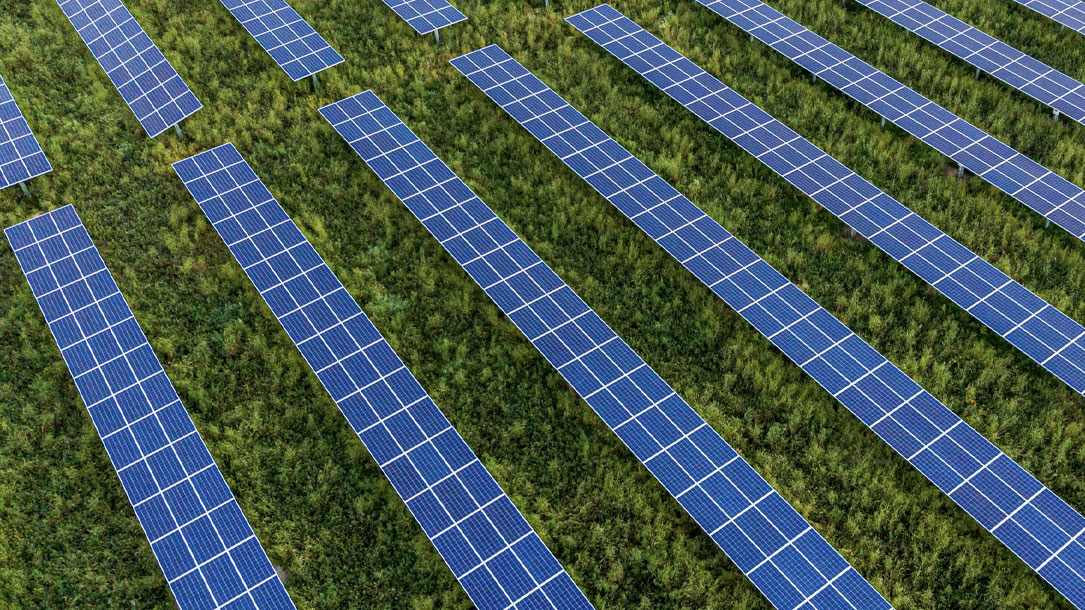
Aurora Solar Project, USA
Renewable energy for a sustainable future: We seek out energy around the globe: in the power of wind and water, in the heat of the sun, in the depths of the earth and, above all, in people.
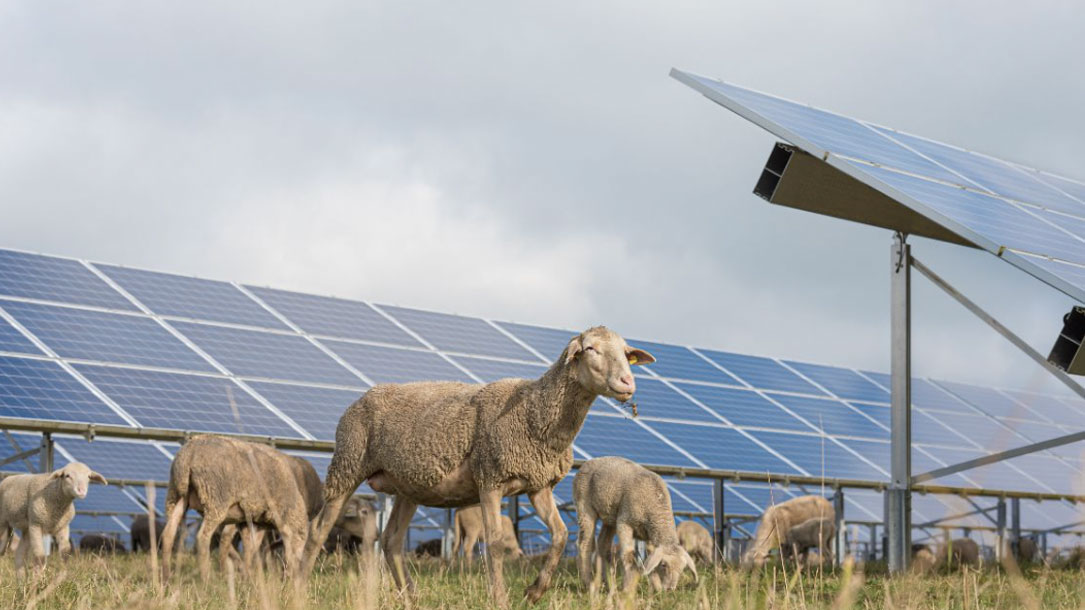
An integrated approach to land management
MNL developed the Conservation Grazing Program in order to provide the most ecologically comprehensive land management services in the region. Through the planned impact of livestock grazing, we provide an additional tool for land managers on large and small tracts of land, both public and privately owned, to achieve ecological goals.
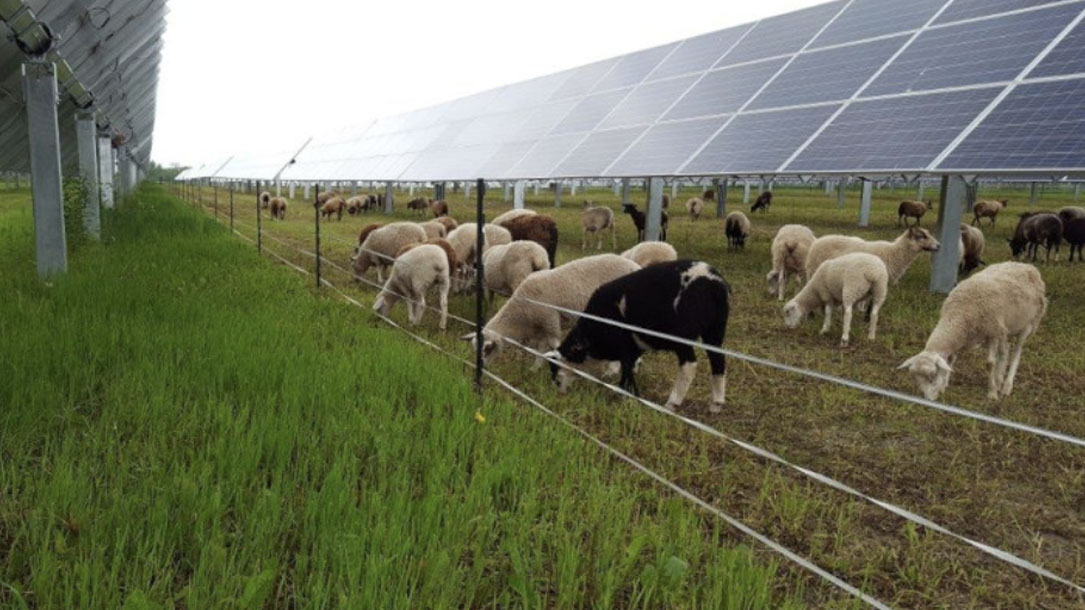
Minnesota research finds sheep grazing at solar sites actually improves soil quality
Research conducted in Minnesota over the past two years points to many beneficial aspects of grazing sheep at ground-mounted solar projects. What is assumed to be the largest solar sheep flock in the United States operates from the MNL grazing facility and has been grazing Enel’s 150-MW Aurora project since 2017. Soil samples from six of the projects were first taken in 2020 and again in 2021 with the preliminary results recently presented…
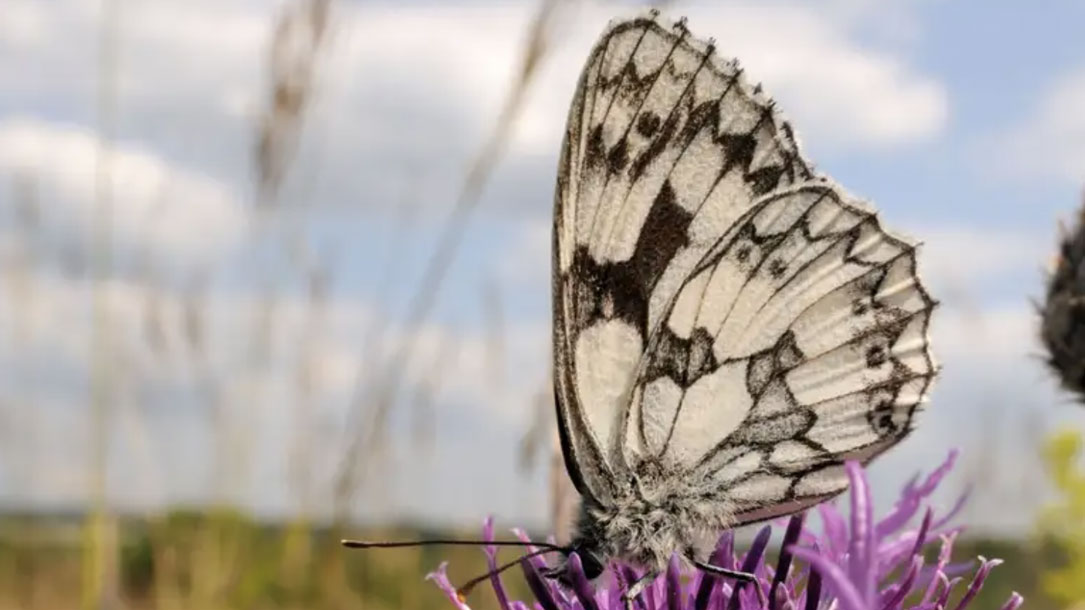
Air pollution makes it harder for pollinators to find plants
A field trial found that levels of nitrogen oxides and ozone similar to those near roads led to a 70 per cent drop in the numbers of bees and butterflies on mustard plants…
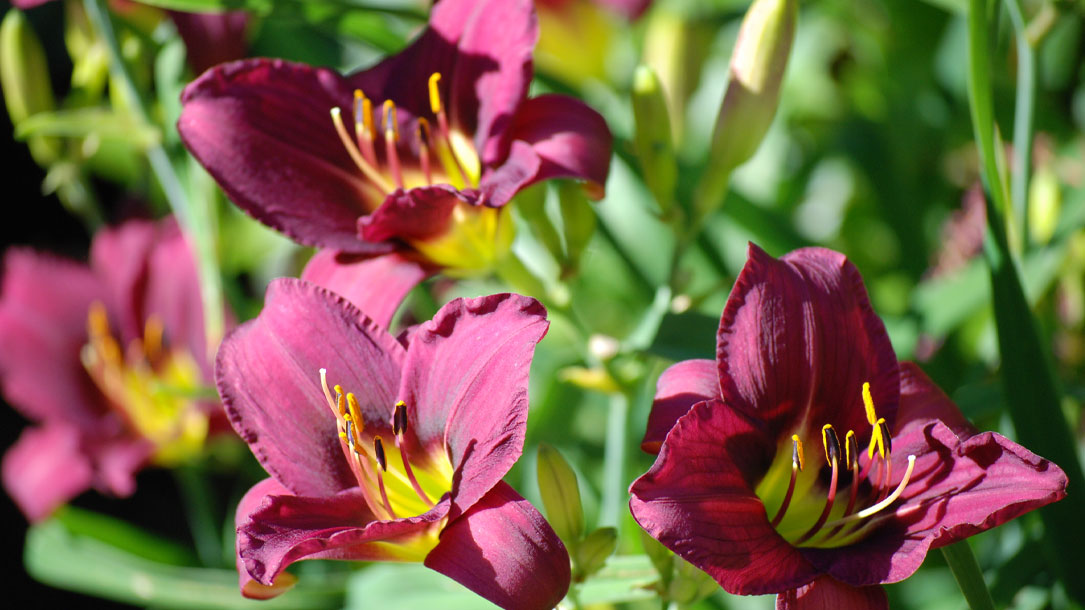
Anthropogenic air pollutants reduce insect-mediated pollination services
Study Highlights
• Common air pollutants (e.g. nitrogen oxides and ozone) can react with floral odors.
• Both pollutants resulted in severely reduced insect pollinator foraging efficiency.
• Specific insect pollinator groups demonstrated differential responses to pollutants.
• Metrics of insect-mediated plant pollination decreased under both pollutants.
• Air pollution has the potential to disrupt other odor-mediated ecosystem services.
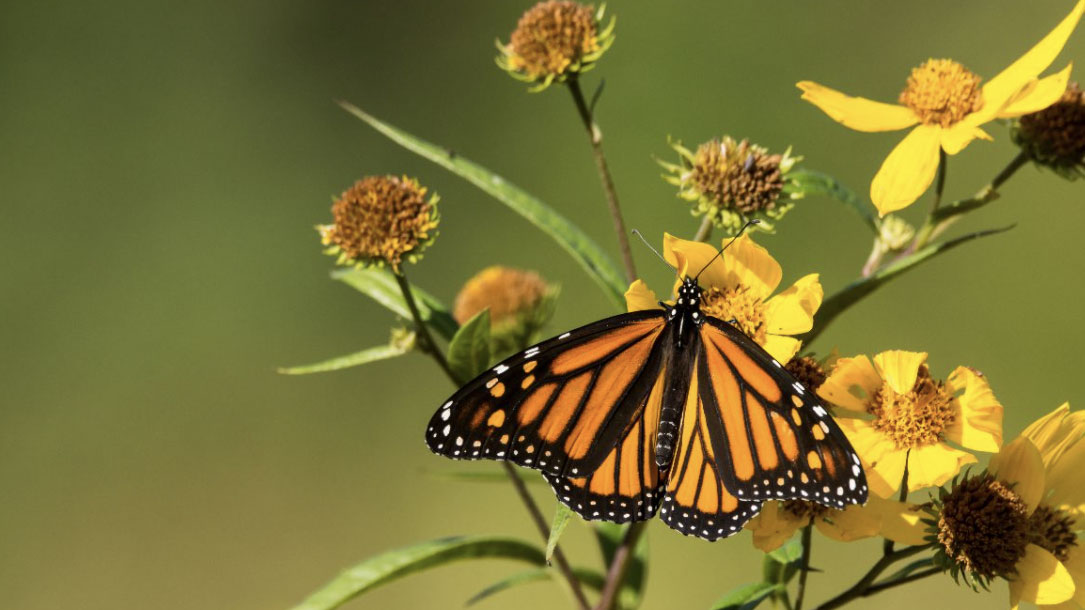
Air pollution reduces pollination by confusing bees
Scientists from the University of Reading, the UK Centre for Ecology & Hydrology, and the University of Birmingham found that there were up to 70% fewer pollinators, up to 90% fewer flower visits and an overall pollination reduction of up to 31% in test plants when common ground-level air pollutants, including diesel exhaust pollutants and ozone, were present.












